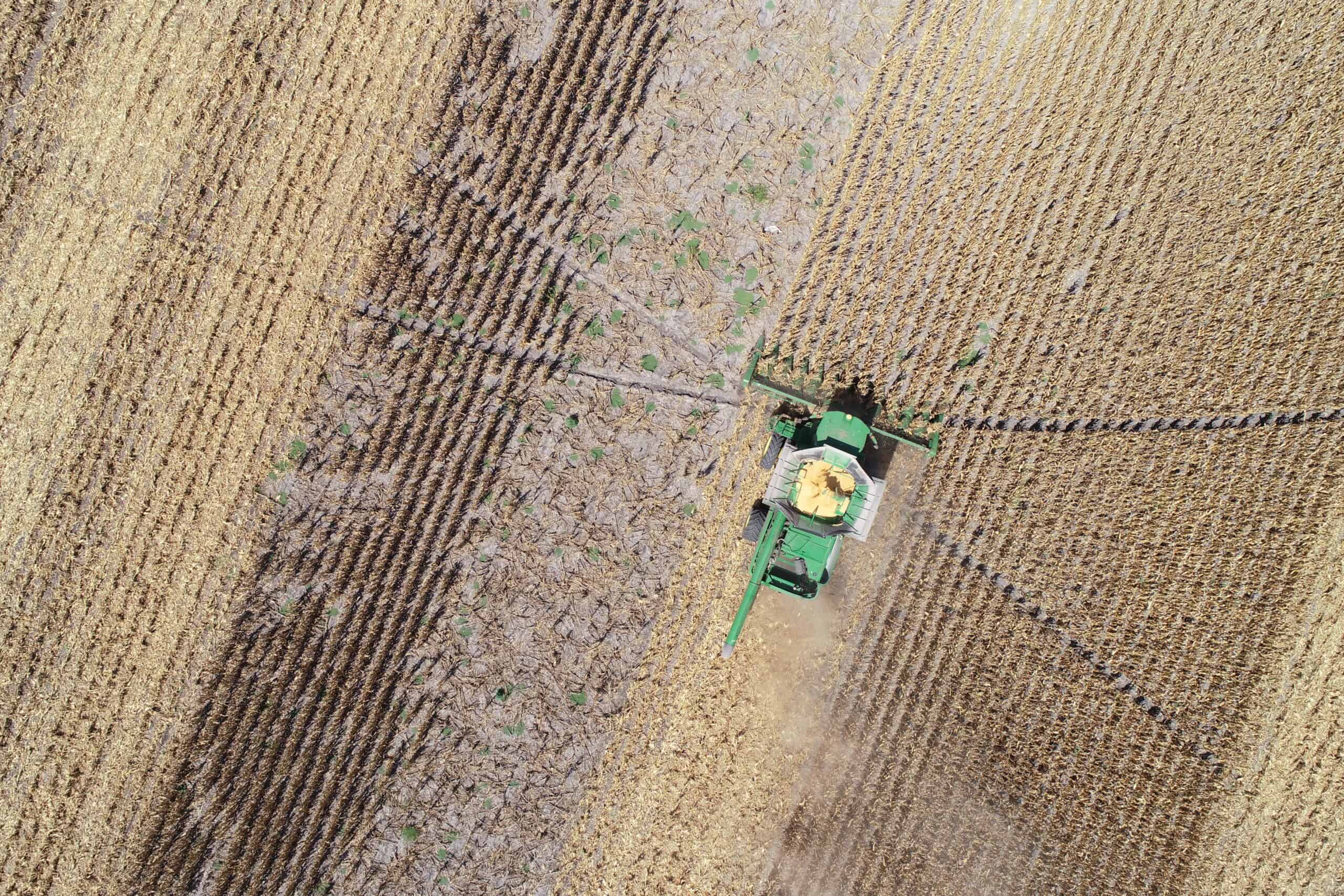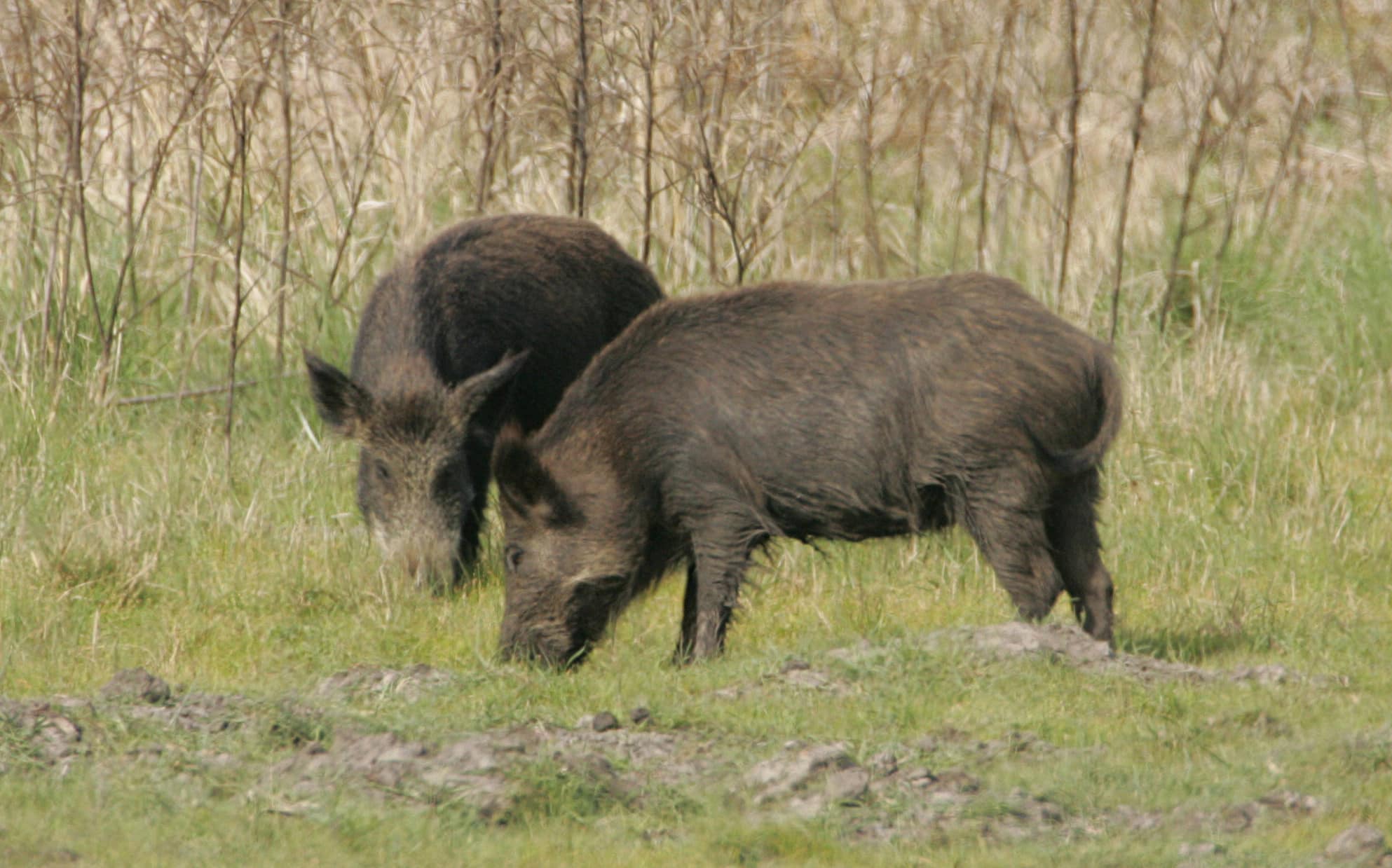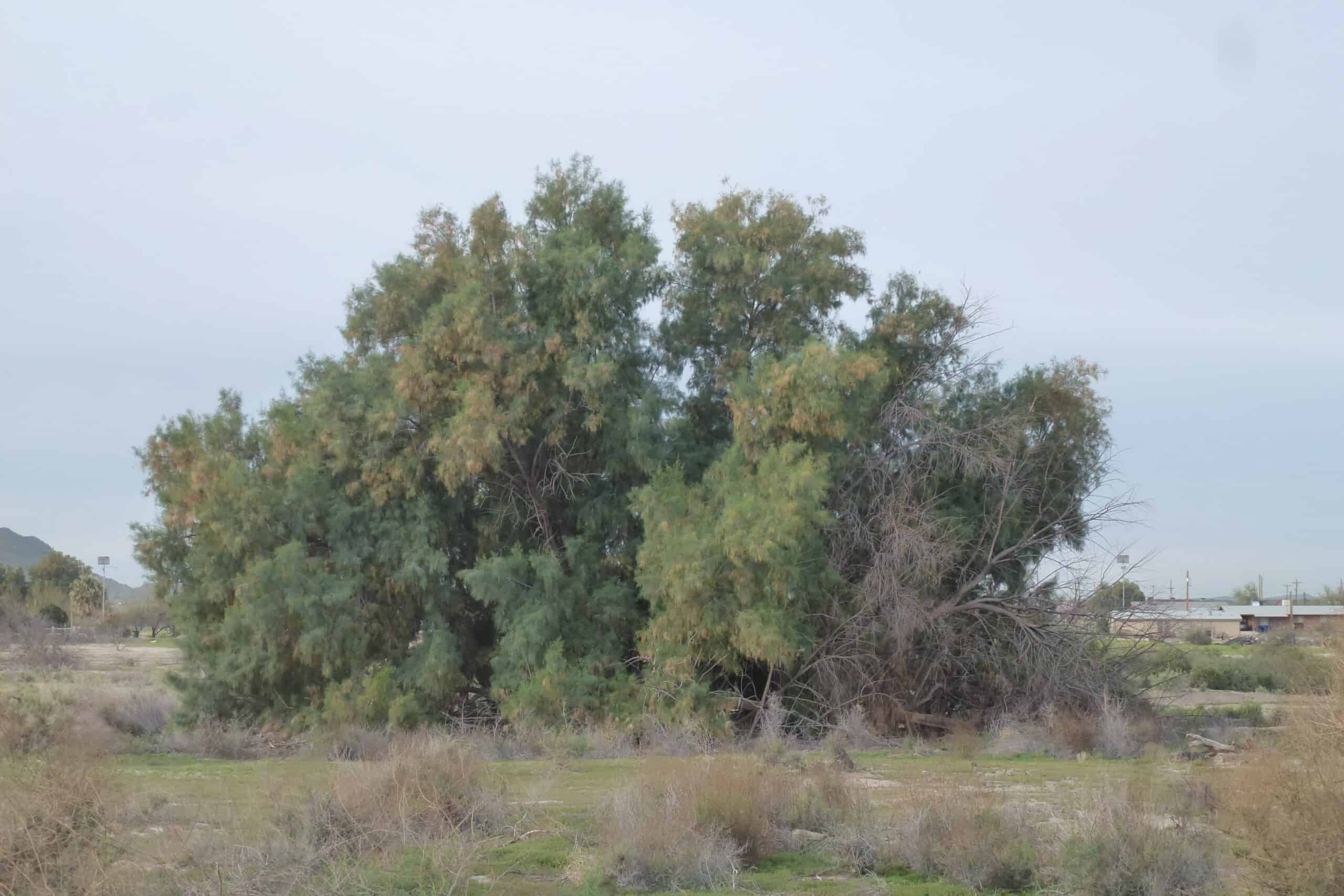Share this article
Wildlife Featured in this article
- wild pig
WSB: Drones help quantify wild pig damage
An eye in the sky can help landowners make decisions for managing wild pigs
Bethany Friesenhahn grew up in a farming family in Texas, and since she was young she saw firsthand how wild pigs damaged her family’s crops. Talking with other farmers, she knew this was common problem on agricultural land, but the damage had never really been quantified.
“We hear pigs are causing damage, but how much damage are they causing?” said Friesenhahn, a research specialist with Caesar Kleberg Wildlife Research Institute. She assumed ground-based estimations might be biased, over- or underestimating the damage. But accurately estimating damage costs could help agricultural producers evaluate the costs and benefits of taking steps to prevent wild pig damage. It could also help them file insurance claims.
Since the institute has a drone research program, she wondered if using drones to give farmers a view from the sky could help them get a better sense of wild pigs’ impacts on their land.
She led a study published in The Wildlife Society Bulletin estimating the amount of damage to cornfields and what costs that might have for farmers.
To conduct the study, Friesenhahn and her colleagues developed relationships with landowners, who allowed them to monitor their agricultural fields via drones during the growing season.
Flying the devices over cornfields in Delta County, Texas, in 2019 and 2020, the team could see in real-time which areas were damaged, then walk the fields to ground truth what they saw from the air. When they compared damaged areas to maps of real-time harvest yields, they could quantify the impacts. “We were able to see substantially lower yields when pig damage was there,” she said.
In some cases, pigs damaged over 9% of farmer’s fields, adding up to notable financial losses. One farmer lost over $5,000 to pig damage.
“It’s terrible, but I wasn’t surprised by it,” she said.
Knowing the overall loss is important, Friesenhahn said, but it’s also helpful to be able to zero in on which areas were damaged the most, giving farmers a good starting point for possible control efforts.
The team’s findings also showed that more pig damage occurred later in the corn growth stages, suggesting farmers might want to pay more attention to protecting their fields later in the season.
Friesenhahn hopes to standardize the drone methods she used to help landowners decide if the loss from wild pig damage justifies efforts like trapping, removal or fencing to prevent future income loss.
Agencies like USDA Wildlife Services work with landowners year-round to remove pigs in some of these areas. For example, in February and March of 2020, about 1,200 wild pigs were harvested during aerial gunning efforts in the county. While that put a dent in the population, Friesenhahn said, wooded areas that are not controlling wild pig populations throughout the region give the pigs a safe haven to rebuild their numbers and come back into the cornfields again.
This article features research that was published in a TWS peer-reviewed journal. Individual online access to all TWS journal articles is a benefit of membership. Join TWS now to read the latest in wildlife research.
Header Image: This aerial photo shows wild pig damage to the left of a combine cutting corn. Credit: Bethany Friesenhahn








